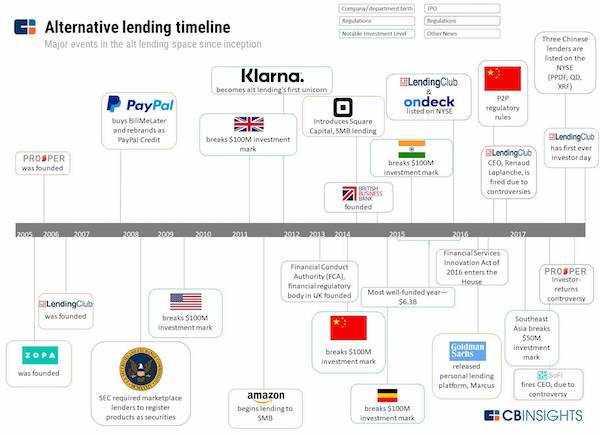
The odds are against most new businesses starting in the UK. According to the ONS, more than half of businesses fail within the first three years of operation. And that was before challenges like COVID-19 were even being considered!
To stand the best chance of survival, budding entrepreneurs might look to the example set by those who’ve previously enjoyed some success. Among the more inspiring stories is that of Adam and James, two childhood friends who, having collaborated printing flyers for nightclubs at university, decided to go into the business of providing print services via the internet. The resulting company, instantprint, is still going strong a decade later, providing a wide variety of products including booklets, flyers and posters.
In an interview on the company’s site, they identified several of the challenges that thwart many new businesses, as well as the solutions which helped the business to get around those challenges.
Keep Track of Costs.
If your business spends more than it makes, then it isn’t viable. During the early years, instantprint would cut heating costs, and the two founders would wear outdoor clothing, including coats and hats, at their desks.
You should always be on the lookout for where you can get something for nothing. But be aware – some freebies might be more trouble than they’re worth. Adam’s dad offered them some free carpet tiles, which the two were happy to accept. The only problem was that they had to go and rip them up themselves from a unit in Yorkshire. “We set off at 6 o’clock in the evening, thinking we’d be home by 11 o’clock at the latest,” said Adam. “We got down there, started pulling up these tiles – and it took us forever. We were there until about 1!”
The lesson here: always know what you’re getting yourself into!
Know When to Outsource.
James and Adam recount an episode where they spend a month and a half fitting a kitchen for the second building they were in. The project consumed all of their free time, and with the benefit of hindsight, they now recognise that the time might have been better spent working on the business itself, and bringing in a specialist outsider who was actually good at fitting kitchens.
Check the Website.
Another costly lesson came early on. The two didn’t get any orders for an entire day. Having initially put this down to bad luck, they decided to check the website. They discovered that the button to actually place an order had mysteriously vanished. Ever since then, they’ve checked the website regularly for faults.
Don’t Rely on One Person.
If the business can’t function without the expertise of one person, then it’s inevitable that said person will start to burn the candle at both ends. At instantprint, this happened when a printer stopped working – but Adam was the only one who knew how to fix it, and, having worked through the night, he went home and fell asleep with his phone battery flat.
Hiring and Retaining.
Without the right staff, no business can flourish. Success in the long-term therefore depends on creating the right hiring process. This should be one that not only identifies staff with the skills and talent, but also those whose outlook meshes nicely with the culture of the business. Employers who don’t have a clear conception of the qualities they’re looking for are likely to struggle to bring the right workers. “Hire people based on attitude, not just skills,” says James. The latter can always be picked up along the way.
The post The Challenges That A Start-Up Face appeared first on Young Upstarts.
from Young Upstarts https://ift.tt/3ghZrh7 via website design phoenix



 Nir Bashan is the founder and CEO of The Creator Mindset LLC, where he teaches business leaders how to harness the power of creativity to improve profitability, increase sales, and make work more meaningful. His clients include AT&T, Microsoft, Ace Hardware, NFL Network, EA Sports, and JetBlue. His creative work has been recognized with a Clio Award and an Emmy nomination. His new book is “
Nir Bashan is the founder and CEO of The Creator Mindset LLC, where he teaches business leaders how to harness the power of creativity to improve profitability, increase sales, and make work more meaningful. His clients include AT&T, Microsoft, Ace Hardware, NFL Network, EA Sports, and JetBlue. His creative work has been recognized with a Clio Award and an Emmy nomination. His new book is “

















